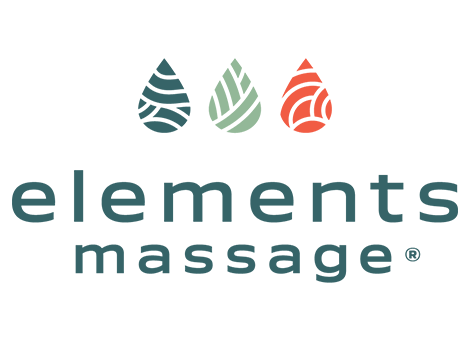Endorphins are a group of peptide hormones found in the brain and nervous system, acting as natural painkillers. They are often referred to as "feel-good" hormones due to their role in inducing feelings of pleasure and reducing pain and stress. Massage therapy has been recognized for its ability to stimulate the release of endorphins, contributing to an enhanced sense of well-being, pain relief, and stress reduction.
Mechanisms of Endorphin Release Through Massage Therapy
-
Physical Touch and Pressure: The physical touch and pressure applied during a massage stimulate the sensory receptors in the skin and muscles. This stimulation can trigger the release of endorphins from the pituitary gland, leading to a decrease in pain perception and a boost in mood (Field, 2010).
-
Reduction of Stress Hormones: Massage therapy can lower the levels of stress hormones such as cortisol and adrenaline. The reduction of these hormones can facilitate the release of endorphins, creating a sense of relaxation and euphoria (Diego & Field, 2009).
-
Enhanced Parasympathetic Activation: The activation of the parasympathetic nervous system (PNS) during a massage promotes relaxation and stress reduction. This activation is associated with increased endorphin release, contributing to the therapeutic effects of massage, such as pain relief and emotional well-being (Field, 2014).
Scientific Evidence on Endorphin Release and Massage Therapy
Several studies have highlighted the role of massage therapy in stimulating endorphin release. For instance, a study by Field et al. (2005) observed significant increases in levels of serotonin and dopamine, neurotransmitters closely related to endorphins, following massage therapy. These changes suggest an improved mood and reduced pain perception, likely mediated by increased endorphin release.
Research by Rapaport et al. (2010) found that participants receiving Swedish massage experienced alterations in endocrine and immune responses, including changes indicative of increased endorphin activity. These findings underline the potential of massage therapy to enhance physiological and psychological well-being through the stimulation of endorphin release.
Conclusion
The stimulation of endorphin release through massage therapy offers a natural, non-pharmacological approach to pain management, stress reduction, and the enhancement of emotional well-being. By leveraging the body's innate mechanisms for inducing pleasure and relieving pain, massage therapy can be an effective complementary treatment in various therapeutic settings. Further research will continue to explore the intricate relationship between massage therapy and endorphin release, providing deeper insights into the physiological processes underlying the therapeutic benefits of massage.
References
- Diego, M. A., & Field, T. (2009). Moderate pressure massage elicits a parasympathetic nervous system response. International Journal of Neuroscience, 119(5), 630-638.
- Field, T. (2010). Touch for socioemotional and physical well-being: A review. Developmental Review, 30(4), 367-383.
- Field, T., Hernandez-Reif, M., Diego, M., Schanberg, S., & Kuhn, C. (2005). Cortisol decreases and serotonin and dopamine increase following massage therapy. International Journal of Neuroscience, 115(10), 1397-1413.
- Rapaport, M. H., Schettler, P., & Bresee, C. (2010). A preliminary study of the effects of a single session of Swedish massage on hypothalamic–pituitary–adrenal and immune function in normal individuals. The Journal of Alternative and Complementary Medicine, 16(10), 1079-1088.

